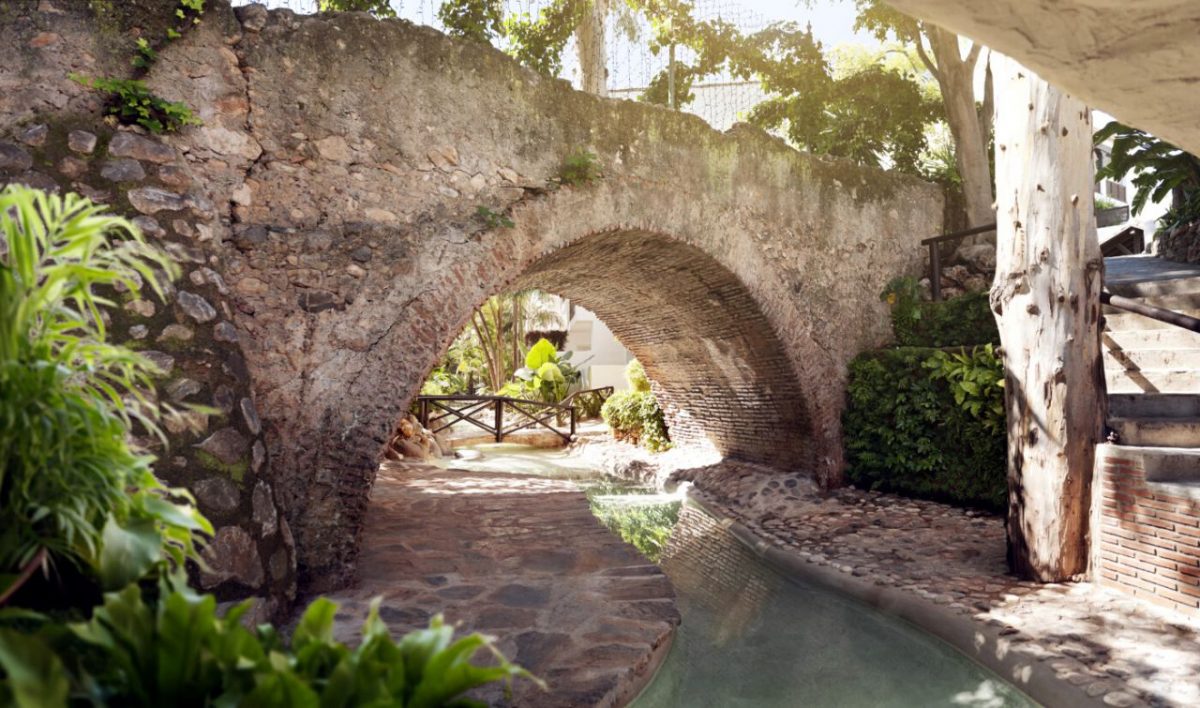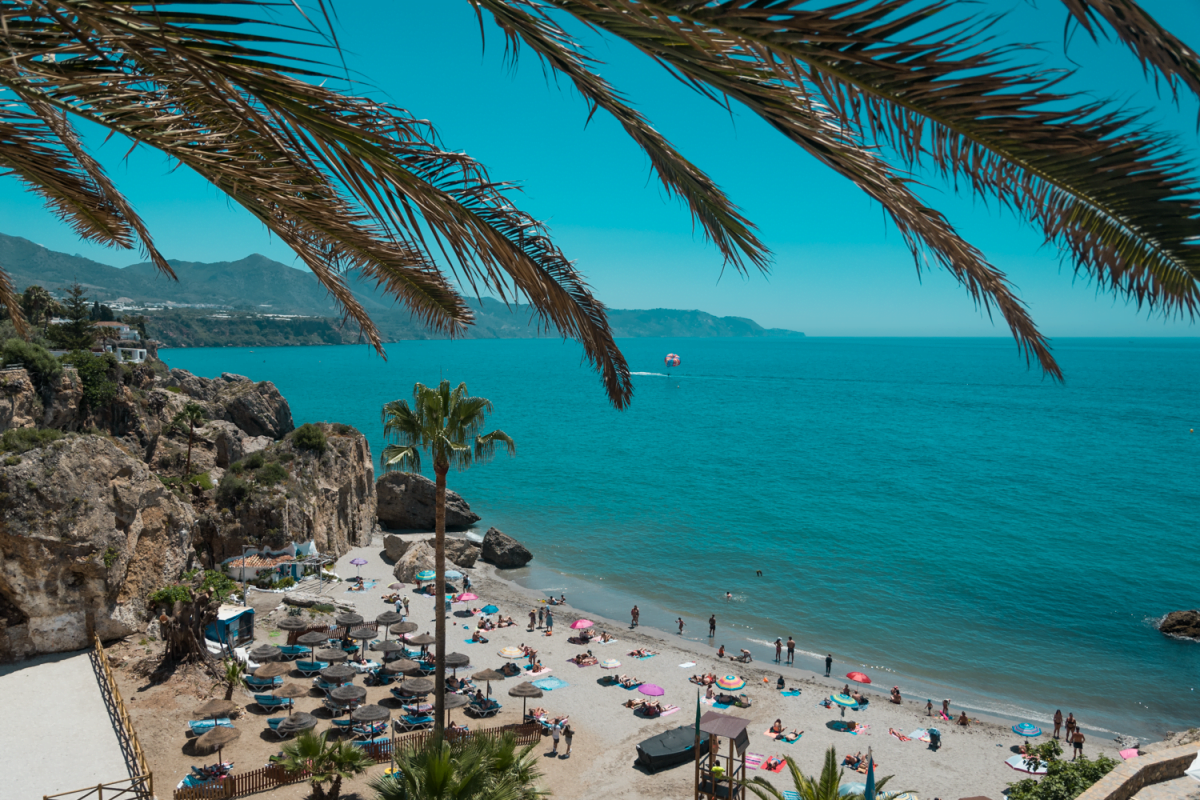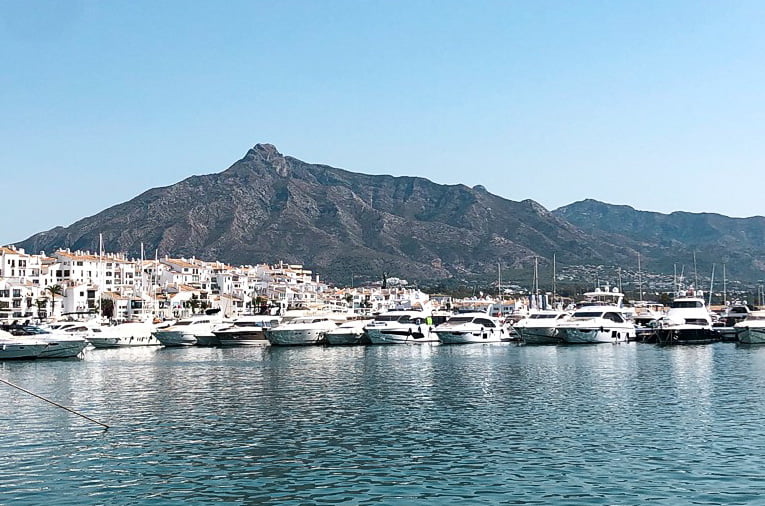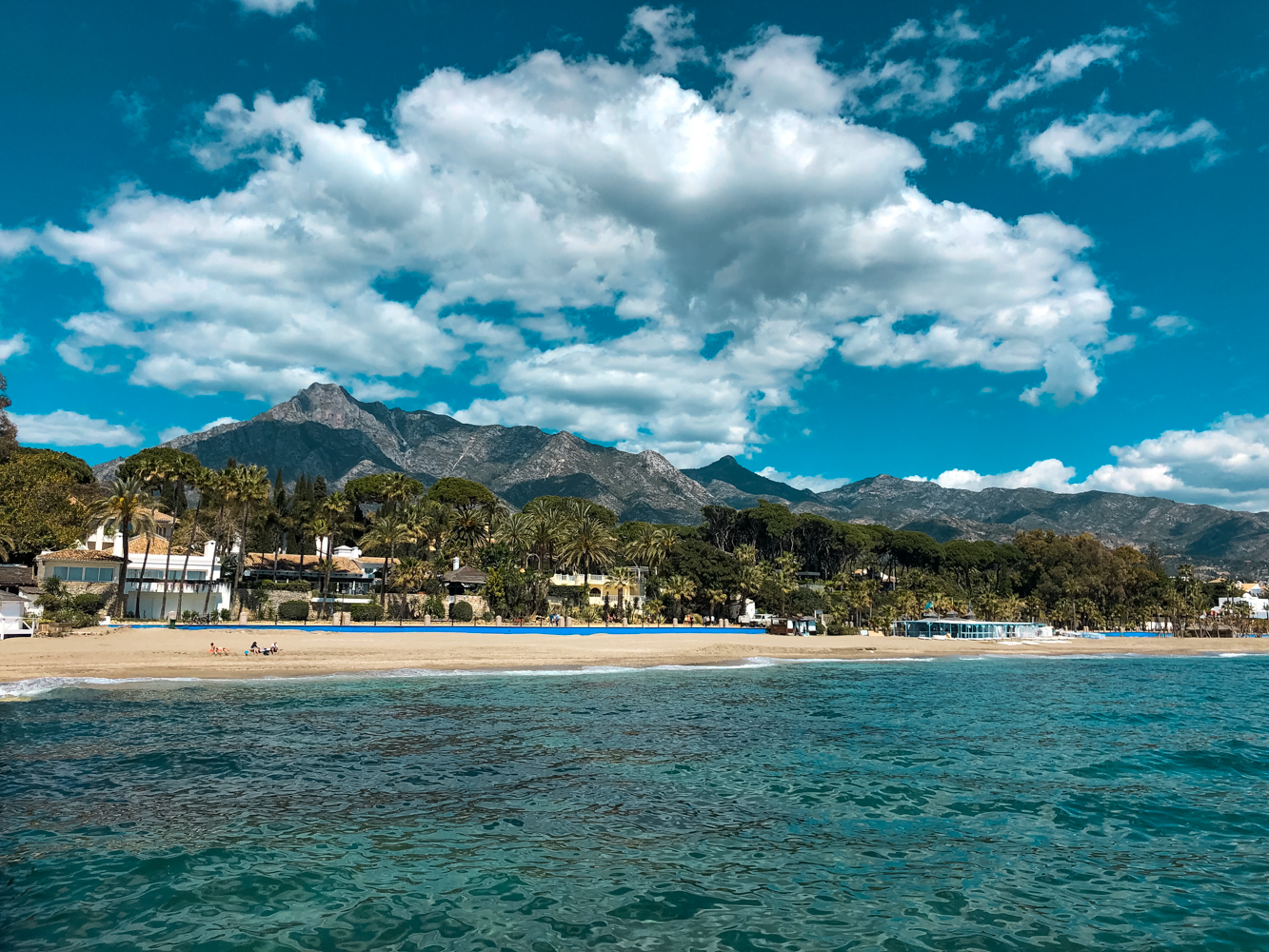Marbella is known as a city of luxury, with sandy beaches, the most expensive yachts, elegant boutiques and the best restaurants. It is one of the most famous resorts in the world, often compared to Saint-Tropez. This is why businessmen, millionaires and the richest people in show business are racing to buy a house here or at least spend a holiday here. Few people know, however, that it is a city with a rich history.
Contemporary Marbella
The town acquired its present appearance and character in the mid-20th century. It was then that it transformed itself from a fishing village into a luxury resort with numerous houses, residences and hotels. Marbella owes this above all to its location between the mountains and the sea: there are more than 27 beaches with a total length of 25 km, and the proximity of the mountain La Concha provides a specific microclimate. Marbella is home to renowned golf clubs, tennis courts, horse riding centres and excellent restaurants. In many of them you can see live demonstrations of real flamenco. There are also Spanish and British schools maintaining the highest level of education. It is here, in the harbour of Puerto Banús, that the world’s most expensive yachts dock. It is also where the nightlife is vibrant. Marbella is also famous for its excellent conditions for water sports. That is why Spanish real estate agencies offer the most beautiful luxury homes for sale in Marbella.
Marbella from centuries ago
The history of the town dates back to Palaeolithic times. Traces of settlements from that time have been found here. To this day, you can also find reminders of the Roman Empire, the Visigoths or the Moors, who ruled the area in the Middle Ages. Among the remains of the Roman Empire are the extraordinary Las Bóvedas baths and the remains of the Rio Verde houses from the 2nd century, known for their beautiful mosaics. The Puente Romano (or Roman Bridge), built in the 1st century AD, which was once part of the Via Augusta – the road from Rome to Cadiz – is extremely impressive. It is one of the most remarkable monuments in Spain. The bridge is beautifully integrated into the architecture of the luxurious Puente Romano hotel.

Source: www.inoutviajes.com
In later years, the area of present-day Marbella was inhabited by the Visigoths (literally ‘forest people’, ‘forest dwellers’ in Latin). One reminder of this Christian tribe is the Basîlica de Vega de Mar, which dates back to the 5th century. More than 180 tombs have been preserved around the church, full of coins, valuables and pottery, and in the church itself an unusual baptismal font in the shape of a cross.
The Moors, in turn, erected the Castillo de Marbella fortress in the 11th century and enclosed the city with walls. After their surrender, on 11 June 1485, the symbolic keys to the city were handed over to King Ferdinand. Since that day, the patron saint of Marbella has been St Barnabas, whose feast day is 11 June.
Monuments remain from the Renaissance and Baroque periods: the Renaissance town hall surrounded by orange trees and the Casa del Corregidor, or mayor’s house from the 16th century, as well as the churches and monasteries of De Trinidad and San Francisco. Interestingly, the monasteries in Spain and Marbella helped rescue captives captured by Berber pirates in the Mediterranean. One such unfortunate was Miguel Cervantes, later author of the famous Don Quixote, who spent five years in captivity in Algeria.
In the 19th century, Marbella was one of the most important centres of steel production in Spain. Thanks to the favourable climate, agriculture was also thriving – cane and sugar beet, among other crops, were grown. The largest plantation, San Pedro Alcántara, was founded by General Manuel Gutiêrez de la Concha. It had over 10 000 hectares of land!
A new idea for the city – tourism
After the collapse of the steel industry (in the 1930s), the city needed a new idea for development. Tourism turned out to be the answer, not least because of its microclimate, thanks to the city’s location at the foot of La Concha mountain.

The first investor to see the tourist potential in the small settlement with only 10,000 inhabitants was Prince Alfonso de Hohenlohe. In 1940, the prince, due to the breakdown of his Rolls Royce, stopped here for the night. He decided to buy the land and invest in luxury hotels and the construction of infrastructure.
In 1954, on the Golden Mile, Prince de Hohenlohe opened the Marbella Club Hotel, where the rich and famous still stay today. Thanks to his aristocratic background and connections, the prince managed to attract politicians, celebrities, artists and financiers from all over Europe to Marbella. This is how Marbella became a luxury city.
While in picturesque Marbella, it is worth visiting the Hotel El Fuerte, opened in 1957 and located right next to the old town. It houses a small museum dedicated to its history and the history of the town. There are many interesting photos, posters or local wares, such as beautiful old crockery. The entrance to the museum is from the terrace, in the garden belonging to El Fuerte. It is worth stopping there even for a short while to have a good coffee overlooking the sea, and to visit the historical exhibits.
As Marbella grew, new luxury estates and villas were built in the city, along with some of Spain’s most beautiful promenades. The warm climate, a year full of sunshine, breathtaking views of the sea and the mountains, the development of infrastructure and the nearby Malaga airport, attracted millionaires from all over the world who wanted to holiday and invest in property here. In the years that followed, the luxury marina of Puerto Banús was built, with hotels, golf courses, a corrida, exclusive shops, clubs and a harbour for 900 boats, among other things.

Not only Maria Callas
In the 1960s, Marbella was visited by celebrities such as Brigitte Bardot, Audrey Hepburn and Sean Connery. Since the 1970s, the city has become a favourite summer destination for royal families from Saudi Arabia and the Gulf countries. The residence of the kings of Arabia – a scaled-down replica of the White House – still stands today at Golden Mille. Interestingly, King Fahid bin Abdulaziz Al Saud of Saudi Arabia funded the erection of the first mosque in Spain since the Reconquista.
Visitors to the luxurious Marbella Club Hotel have included Maria Callas, Aristotelis Onasis and the British royal family. Antonio Banderas has his restaurant here, but also his house and vineyard, and George Clooney, Novak Djokovic and many Polish celebrities and business people own properties (we protect their privacy, so we will not give their names here). On the most luxurious street in Spain, you can sometimes meet Eva Longoria, Penelope Cruz… while shopping at fashion houses.

